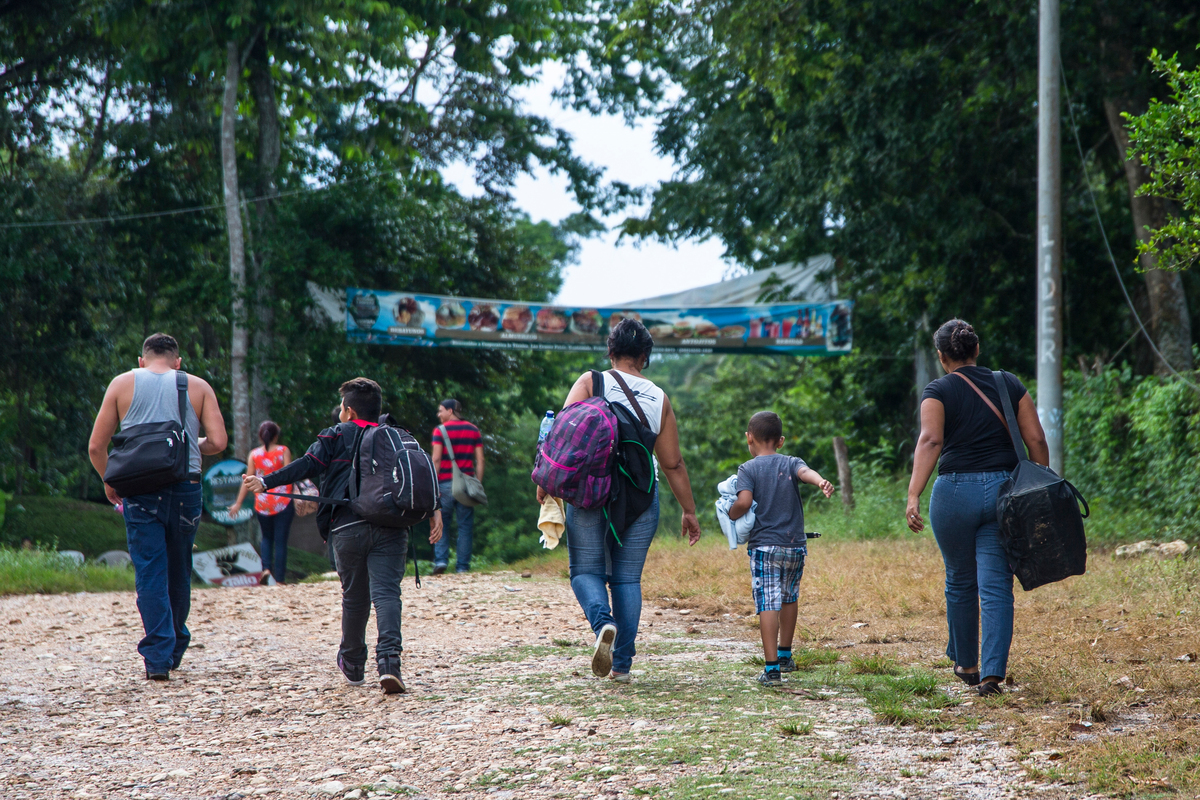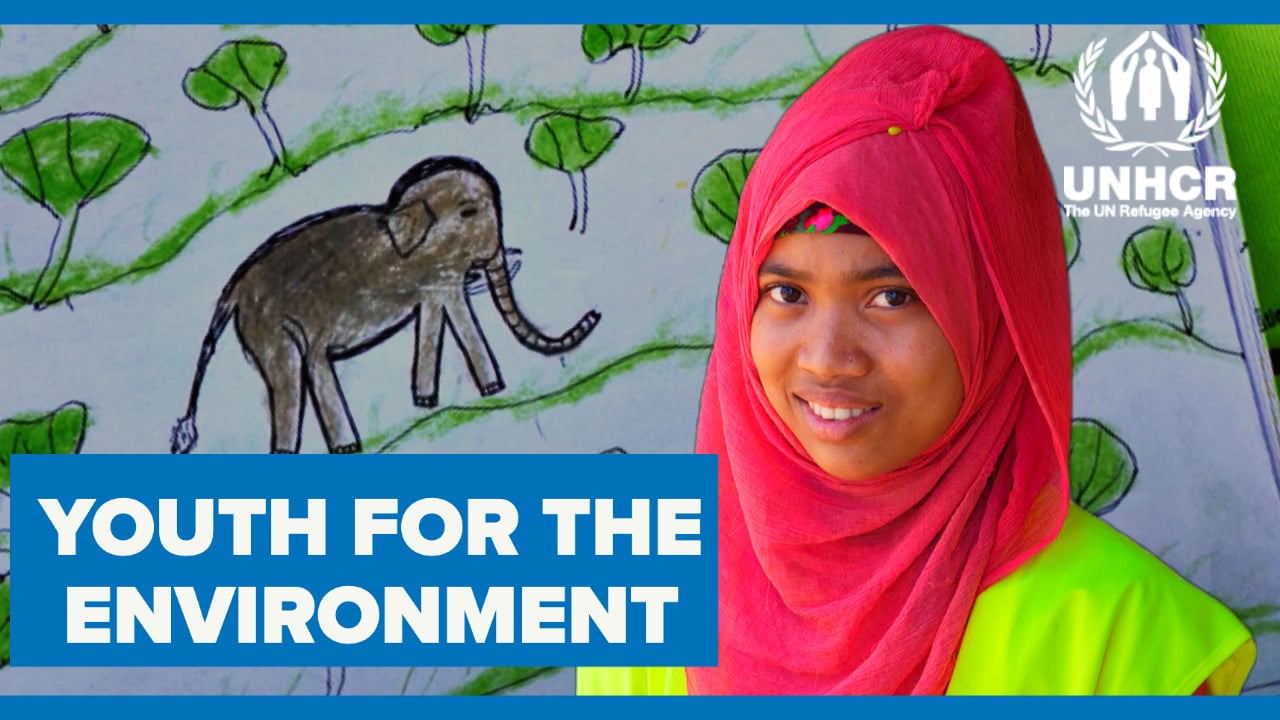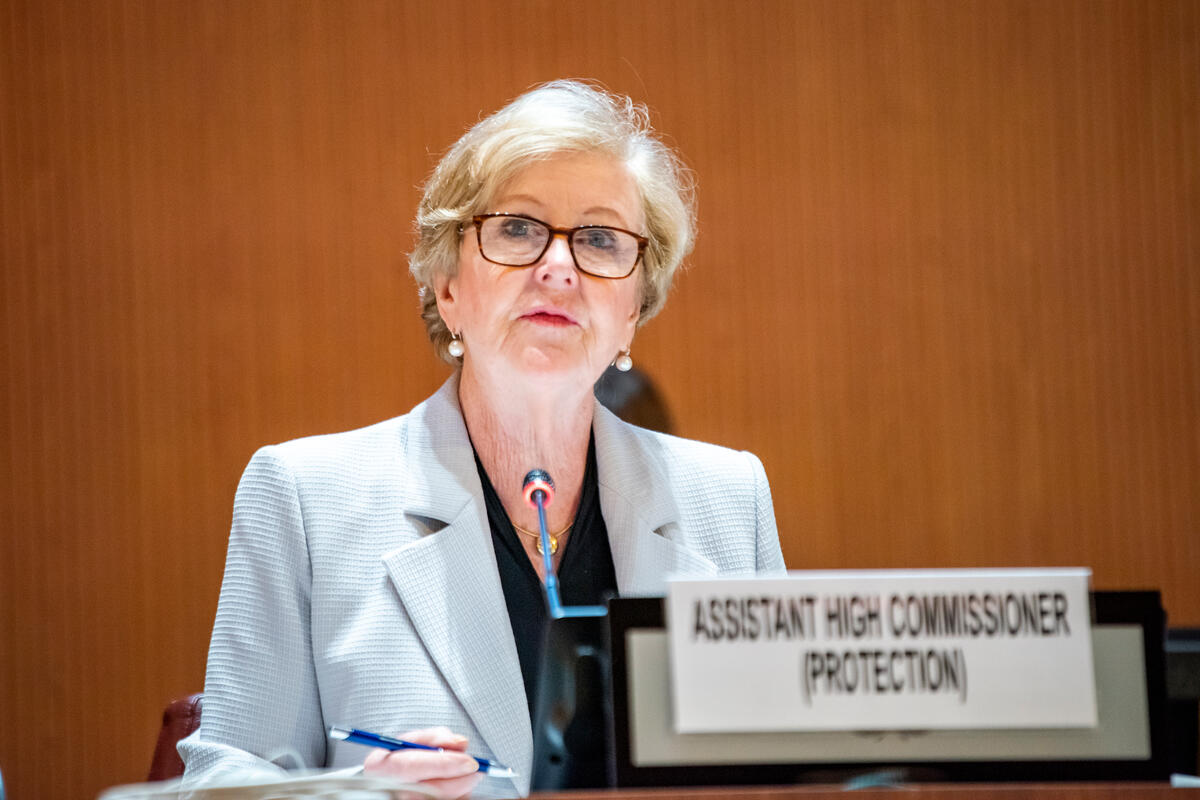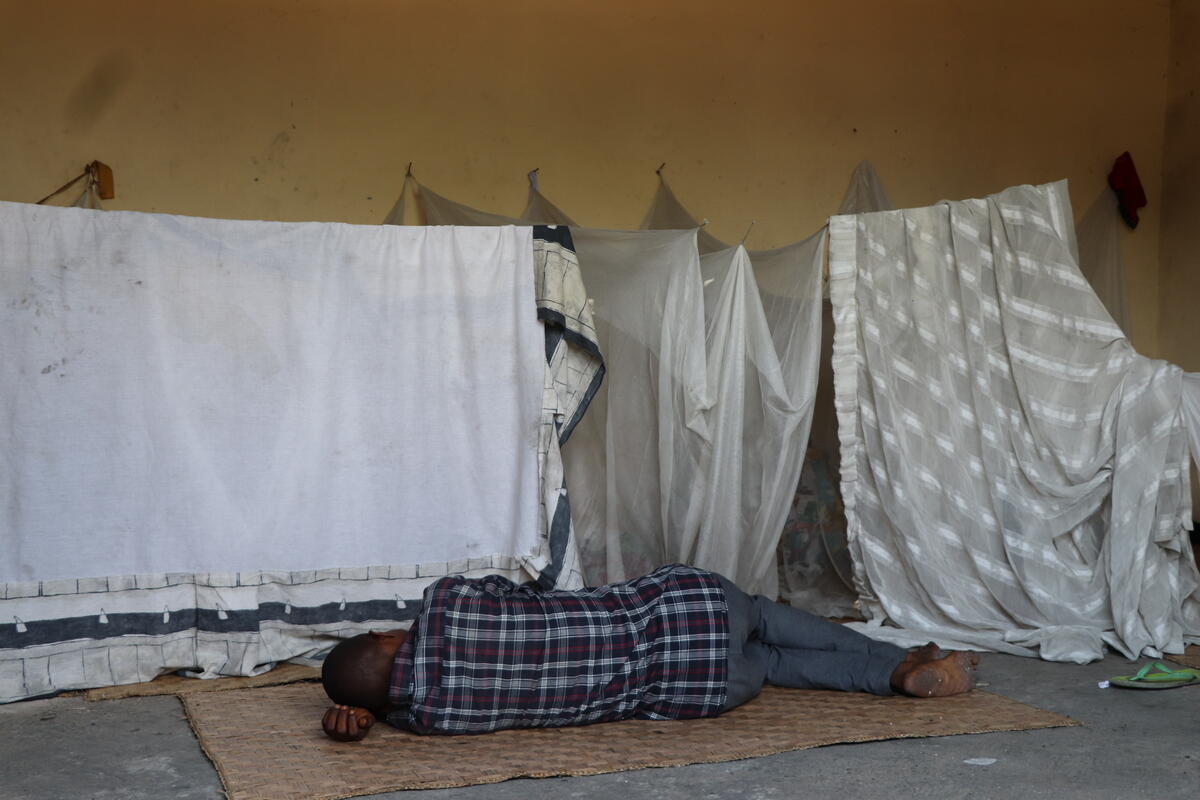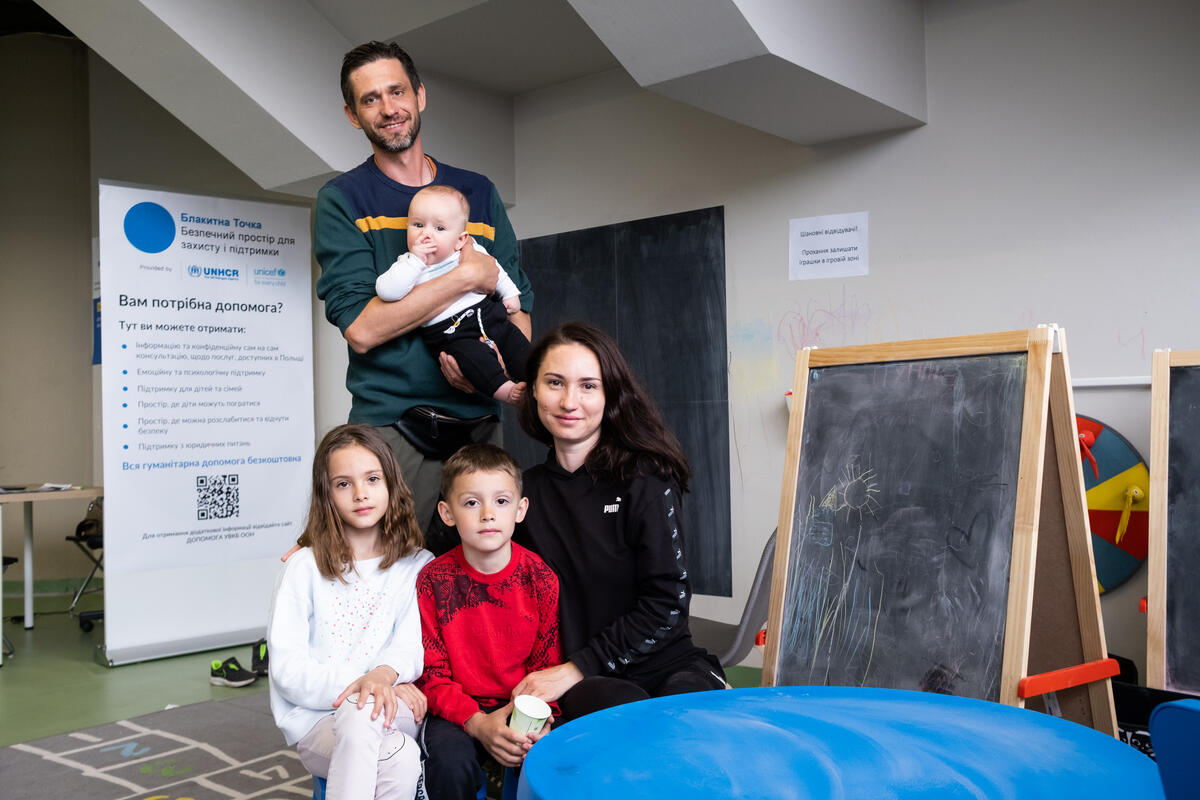A tough road north for Central American children

A tough road north for Central American children
Nine-year-old Carlos and four-year-old Susana sit on the banks of the Usumacinta River in Guatemala with their father, Geronimo Vasquez,* looking over the water to Mexico, where they plan to travel without papers in the evening.
Working in his native El Salvador as a police officer, Vasquez got into a shootout in which a street gang member was killed. In revenge, gang members sprayed his house with gunfire as his family cowered inside.
The next day he set out for the United States with his wife and children on a desperate overland journey in search of safety, which he says, is proving to be particularly tough on his young family.
“It is difficult for the children. They don’t understand what is going on. But we couldn’t leave them at home with all the violence,” Vasquez said, lifting up his daughter. “It is best that they come with us, although this is a tough road.”
"We couldn’t leave them at home with all the violence."
Last year, nearly 110,000 people fleeing worsening gang and other violence in Central America’s northern triangle countries of Guatemala, El Salvador and Honduras sought asylum abroad – a more than five-fold increase over 2011, according to figures from UNHCR, the UN Refugee Agency.
Most seek protection in the United States and Mexico, although the real tally of those running for their lives is much larger, as others flee without papers and do not file formal asylum claims for lack of information or fear of being detained and deported.
Among those running a gauntlet of dangers on the road north are a growing number of children. Aside from the physical hazards of crossing border rivers, jungles and deserts, they risk being kidnapped by criminals linked to drug cartels, and are vulnerable to sexual abuse. Others are at the mercy of human smugglers only concerned with making money.
In this ramshackle border settlement in northern Guatemala alone, around 300-400 people make the journey across the river to Mexico each day, according to a Guatemalan Red Cross Official, many paying 150 Quetzales or – about US$20 – to cross on a rowboat, avoiding the border posts.
About one in four heading north are children, some accompanied by their parents, like Carlos and Susana, and others making the trip alone.
“It is scary… When you go on this path you know that you are putting your life in a lot of danger,” says 17-year-old Rodrigo Barrera,* who fled gang violence in Honduras, arriving in La Técnica without a cent in his pocket.
Like many unaccompanied minors, he has little idea of the path he will take, where he will stay, or what he would do if police stop him.
The levels of violence in the Northern Triangle have surged to rates not seen before. Those running for their lives often take their young children with them. The infants struggle with the sporadic food and lack of sleep on the road, resting on buses, trains, in motels, shelters, or in the bush, humanitarian workers say.
"You know that you are putting your life in a lot of danger."
At the Guatemalan Red Cross post in the area, paramedic Miriam Castaneda describes how she attends to children with diarrhoea, fevers, coughs and malnourishment. Frequently, she says, families are forced into the arms of so-called coyotes, or human smugglers, who charge about US$6,500 to take individuals from Central America to the United States without papers. These coyotes make groups press ahead, even if a child is sick.
“The coyote says they can’t stop because of a little sickness that should soon go away. Although you see people that are totally dehydrated, with bad diarrhoea,” she says.
Abraham Suyen, who works with the Catholic Church outreach for migrants and refugees in the area, says the psychological hardship for children on the move can be even worse.
“You have children who are forced out of their homes, they go crying, desperate, stressed and are scared of being kidnapped,” Suyen says. “This is a powerful trauma that will mark them for life.”

Suyen also underlines the risks of sexual exploitation for the children.
“There is a fear of being victims of sex trafficking. This is probably their biggest worry,” he says. “They might say they are 22 years old, when they look 15. They want to hide their age because they know they are an easy target.”
Guatemalan authorities have reported more than 5,000 victims of human trafficking or sexual exploitation over a five year period, according a 2016 report by UNICEF. More than half the victims are minors, the report says, with the most vulnerable group being girls between 12 and 17 years old, and many are from Honduras and Salvador.
Over the border in Mexico, drug cartels such as the Zetas carry out mass kidnappings of migrants and refugees for ransom, often murdering those who fail to pay up.
UNHCR advocates strongly for the protection of those who are forcibly displaced. Safeguarding the rights of children as they flee in search of safety presents its own special set of challenges.
“They are vulnerable, for being children and being on the move,” says Paula Worby, interim Head of UNHCR’s office in the Petén region of Guatemala.
Much of the current support for those on the run comes from a combination of church-run shelters, Red Cross posts, and volunteers. Sometimes, residents will spontaneously help unaccompanied minors.
Despite the dangers and difficulties of the journey, many, like Jose Barrera, see no alternative. Returning home is not an option, as he fears for his life, and regular migratory pathways to seek international protection through safer routes are extremely limited. He says he is determined to press forward, hoping to reach Houston, Texas.
“I want to go forward, because behind me there is only evil,” Barrera says. “I have fear, but I also have hope of having a better life.”
*All refugees’ names have been changed for protection reasons.

